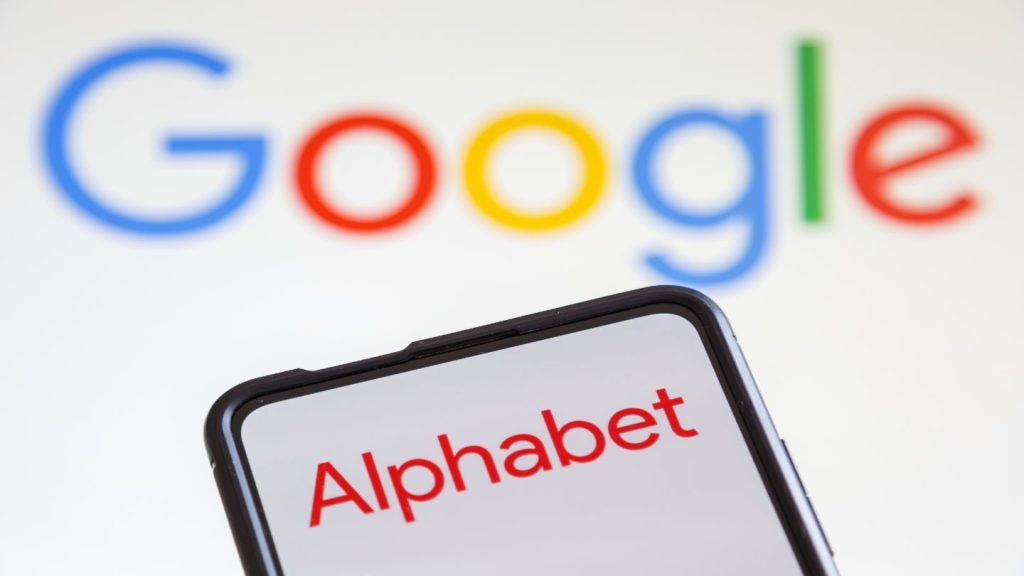Bentley Systems has filed a patent for techniques that decouple user access to infrastructure models from proprietary software. The method involves separating the infrastructure modeling backend module from the software that maintains and updates the infrastructure model. The backend module communicates with a frontend application that provides user access to the model, while a native module interacts with the local database. The patent aims to improve user access and maintenance of infrastructure models. GlobalData’s report on Bentley Systems gives a 360-degree view of the company including its patenting strategy. Buy the report here.
According to GlobalData’s company profile on Bentley Systems, AI assisted CAD was a key innovation area identified from patents. Bentley Systems's grant share as of September 2023 was 66%. Grant share is based on the ratio of number of grants to total number of patents.
Decoupling user access to infrastructure models from proprietary software


A recently filed patent (Publication Number: US20230244684A1) describes a method for decoupling user access to an infrastructure model from the software that maintains and updates the model. The method involves functionally separating the software of an infrastructure modeling backend module from the software of an infrastructure modeling native module. The backend module lacks the ability to interact with a local instance of a database that stores the infrastructure model, while the native module has this ability.
The method begins by obtaining information related to the infrastructure model using the backend module. When a need arises to perform an operation on the model, the backend module calls the native module to request it to perform the operation on the local instance of the database. The operation can involve inserting, deleting, or querying models, elements, or properties of the database.
In addition to this, the patent also describes the ability of the backend module to receive a response from the native module based on the performed operation. This response can be used to update the display of the infrastructure model, ensuring that users have access to the most up-to-date information.
The method also includes the capability of the backend module to request the native module to obtain one or more changesets from a repository applicable to the local instance of the database. These changesets are then provided to the native module, which applies them to the database to update it.
The patent further explains that the obtaining of information related to the infrastructure model can be done through a frontend module, which can be part of an infrastructure modeling frontend application executing on a client device or a web frontend application executing within a web browser on the client device. The backend module is part of a backend application executing on one or more cloud computing devices.
Overall, this patent presents a method for decoupling user access to an infrastructure model from the software responsible for maintaining and updating the model. By separating the backend and native modules, the method allows for efficient and flexible management of the infrastructure model, ensuring that users can interact with it while maintaining data integrity and consistency.
To know more about GlobalData’s detailed insights on Bentley Systems, buy the report here.
Data Insights
From

The gold standard of business intelligence.
Blending expert knowledge with cutting-edge technology, GlobalData’s unrivalled proprietary data will enable you to decode what’s happening in your market. You can make better informed decisions and gain a future-proof advantage over your competitors.







